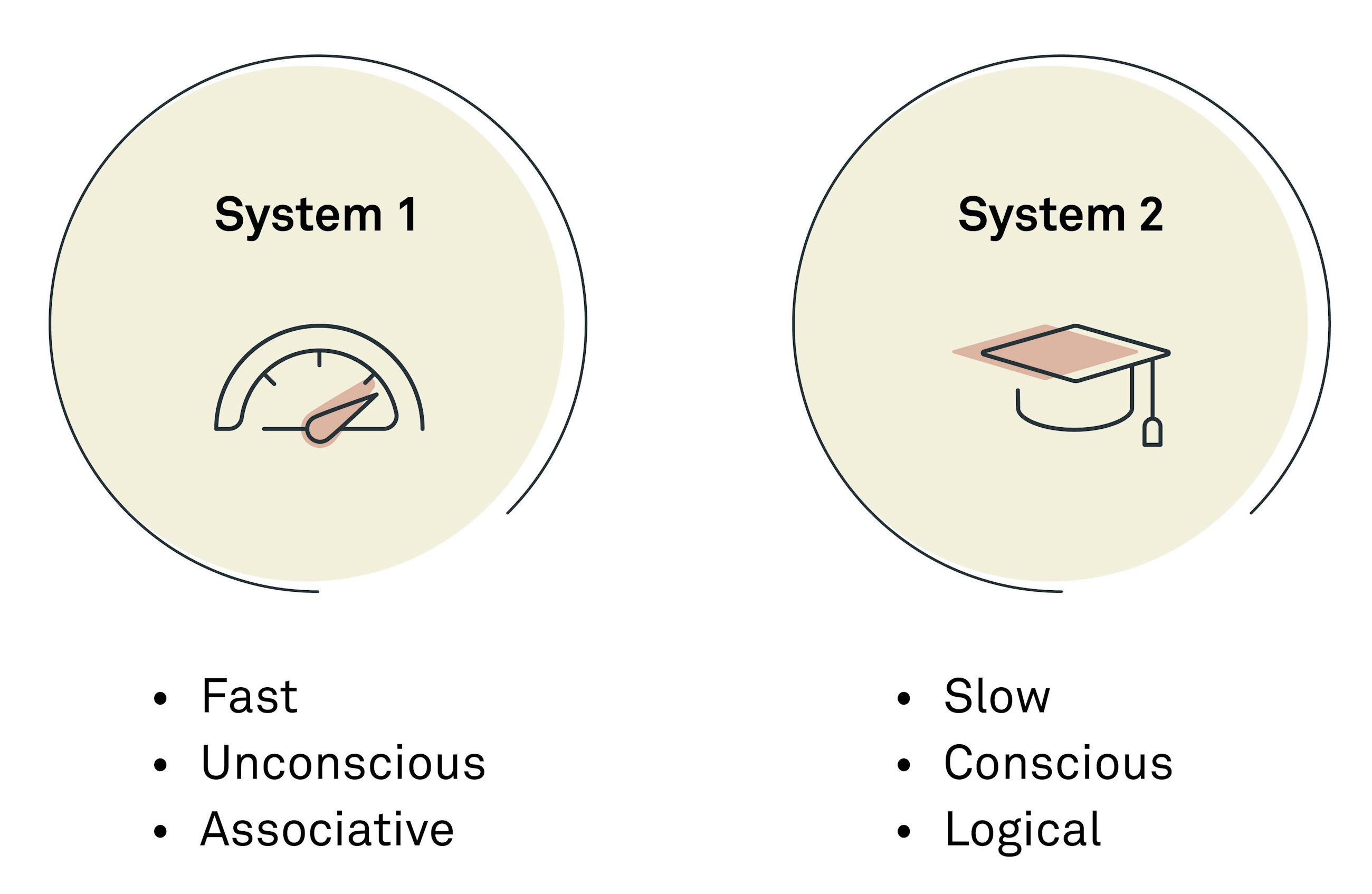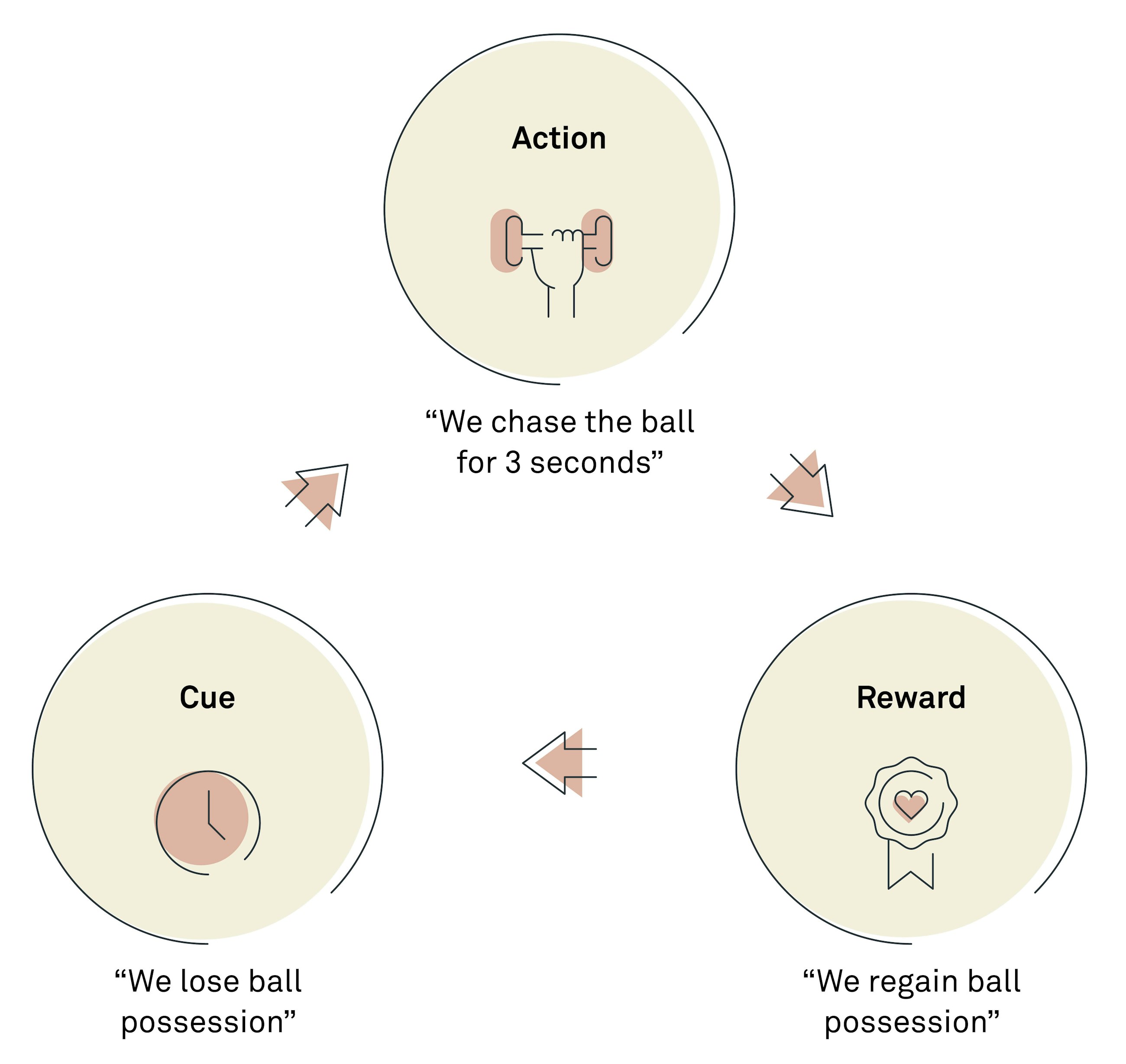How to use behavioural design to translate performance metrics into actions
1 October 2020
Behavioural design in performance management
A key goal of a performance management system is to link the strategic objectives to relevant KPIs that incentivise desired behaviour across the organisation. This is easier said than done. Besides the inherent difficulty of defining relevant, leading indicators, there is often an even greater challenge in making the affected stakeholders change their behaviour accordingly.
Behavioural inertia/paralysis often occurs when the translation of strategic objectives and associated performance metrics becomes cumbersome from a cognitive perspective. That is, when the translation of strategy into action requires significant cognitive capacity and no guidance is available, people tend to stick to their normal ways of working.
To put it differently, old habits die hard. Habitual change needs to be anchored in a simple “cue, routine, reward” loop. If the cue is not obvious, the habit loop will not be initiated. This is where System 1 and System 2 thinking come into play.
Dual process theory
Based on research by Kahneman et al, a dichotomy exists between two modes of thought. System 1 thinking is fast, instinctive and emotional, whereas System 2 thinking is slower, more deliberative and more logical. Each thought mode is governed by cognitive biases that affect our decision-making process under different circumstances.
Generally, most of our daily decisions are made automatically and unconsciously using our System 1 thinking, whereas our more logical System 2 thinking is used for decisions we have to consciously make. Using System 2 thinking requires a lot of resources, and it is a limited resource that is easily depleted as we get tired.
The implications are that if you want people to behave in a certain way, you need to make it intuitive and easy for their System 1 thinking to decide on the desired behaviour rather than rely on their System 2 thinking to make a deliberate decision about what action to take. This is also the governing thought behind nudging strategies.
Create a KPI translation guide
Based on the dual process theory, we must design our performance management system in a way that allows our employees to use System 1 thinking to intuitively translate the strategic objectives and associated performance metrics into desirable behaviour.
This implies that the process of designing a performance management framework should not stop with the definition of good KPIs. The selection of proper performance metrics must be accompanied by relevant targets and examples of how to affect the KPI through concrete actions, i.e. behavioural translation.
Consider the following example from Morten Münster’s best-selling book on behavioural design of how the world-class football team FC Barcelona outlined clear performance metrics and decomposed each performance indicator into SMART targets associated with clear, actionable behaviour for the players to follow. By doing so, it was made obvious to everyone on the team what they needed to do to achieve the underlying strategic objective (winning) at critical points in time throughout the match.
Besides making it easy for the players’ System 1 thinking to decide on an action in a given situation, this approach also plays right into the habit loop of “cue, routine, reward”. In this case, the cue (“we lost ball possession”) prompts the routine (“we chased the ball for three seconds”) which, more often than not, leads to the reward (“we regained ball possession”/“we won the match”).
In the same fashion, we need to provide examples of how to translate the strategic objectives and associated KPIs into concrete behaviour/routine to allow our employees’ System 1 thinking to react intuitively to cues in a desirable manner.
For each of the KPIs in your performance management system, consider the following:
- What is a relevant target for this KPI?
- What behaviour/routine would we need to observe to reach the KPI target?
- What are the relevant cues that will spark this behaviour/routine?
Based on your answers to the above questions, define a set of examples of simple situations (cues) and desired responses (behaviour/routine) to clearly illustrate how the performance metrics should be translated into action.







